Introduction
Zongzi, a traditional Chinese rice dumpling wrapped in bamboo leaves, has captivated taste buds for centuries with its rich history and cultural significance. These triangular or pyramid-shaped treats, often filled with ingredients like glutinous rice, pork, beans, or dates, are synonymous with the Dragon Boat Festival. However, as modern lifestyles demand convenience, frozen zongzi has become a staple in households worldwide. While cooking frozen zongzi may seem straightforward, achieving the perfect texture—soft, sticky rice with melt-in-your-mouth fillings—requires precision. The question on every cook’s mind is: How long should frozen zongzi boil in water? This article delves into the science, techniques, and tips to ensure your frozen zongzi emerges from the pot flawlessly cooked, every time.
The Science Behind Cooking Frozen Zongzi
Cooking frozen zongzi is not merely about boiling water; it’s a delicate balance of heat, time, and physics. When frozen, the water molecules within the rice and fillings form ice crystals. Boiling serves two purposes: thawing the ice and cooking the rice to a tender consistency. The challenge lies in ensuring even heat distribution without overcooking the exterior or leaving the center underdone. Factors like zongzi size, ingredients, and altitude can drastically affect cooking time. For instance, a large, meat-filled zongzi will require more time than a smaller, sweet bean-packed variety.
Factors Influencing Boiling Time
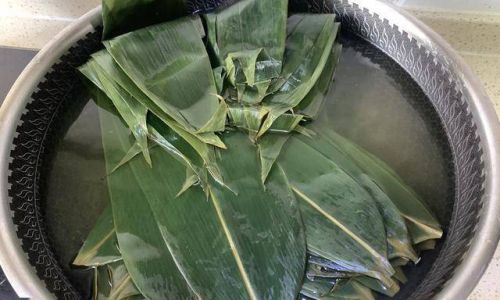
- Size and Shape: Larger zongzi, or those tightly wrapped, take longer to cook. The density of the rice and fillings impacts heat penetration.
- Ingredients: Meat or bean fillings may need extra time to reach safe cooking temperatures, while plain rice zongzi cooks faster.
- Altitude: At higher elevations, water boils at lower temperatures, increasing cooking time.
- Freezing Method: Zongzi frozen slowly may develop larger ice crystals, requiring longer thawing.
Step-by-Step Guide to Boiling Frozen Zongzi
Step 1: Preparation
- Thawing (Optional): While some recipes recommend boiling frozen zongzi directly, thawing in the refrigerator overnight can reduce cooking time by 10–15 minutes. However, this step is not mandatory.
- Equipment: Use a large pot with a lid to accommodate water volume and prevent overflow. A heavy-bottomed pot ensures even heating.
Step 2: Water Quantity and Temperature
- Fill the pot with enough water to submerge the zongzi completely. A general rule is 3–4 inches of water above the dumplings.
- Cold vs. Boiling Water: Some chefs advocate starting with cold water to allow gradual thawing, while others prefer boiling water for faster cooking. Experiment to find your preference.
Step 3: Bringing to Boil
- Place the pot on high heat. Once the water boils, reduce the heat to a gentle simmer. Vigorous boiling can cause the zongzi to break apart.
Step 4: Cooking Time
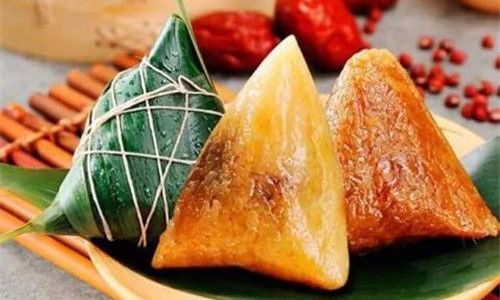
- Frozen Zongzi: Boil for 25–35 minutes. Adjust based on size:
- Small zongzi (50–75g): 25 minutes.
- Medium zongzi (100–150g): 30 minutes.
- Large zongzi (200g+): 35–40 minutes.
- Thawed Zongzi: Reduce time by 5–10 minutes.
Step 5: Testing Doneness
- Texture Test: Carefully remove one zongzi and unwrap a corner. The rice should be glossy, sticky, and soft.
- Temperature Check: Insert a thermometer into the center; it should read at least 165°F (74°C) for meat-filled varieties.
Step 6: Resting Period
- After boiling, let the zongzi rest in the pot for 5–10 minutes with the heat off. This allows residual heat to finish cooking and firms up the texture.
Pro Tips for Perfect Zongzi
- Add Salt to Water: A teaspoon of salt enhances flavor and helps the rice cook faster.
- Avoid Overcrowding: Cook zongzi in a single layer to ensure even heating.
- Use a Heavy Pot: Thick-bottomed pots distribute heat more evenly than thin ones.
- Wrap Tightly: If making zongzi at home, ensure leaves are tightly wrapped to prevent water from seeping in.
- Adjust for Altitude: At elevations above 3,000 feet, add 5–10 minutes to cooking time.
Common Mistakes to Avoid
- Boiling Too Vigorously: Aggressive boiling can cause the bamboo leaves to split, releasing rice into the water.
- Undercooking: Soggy or firm rice indicates insufficient cooking. Always test doneness.
- Overcooking: Mushy zongzi results from excessive boiling. Monitor closely during the final minutes.
- Using Cold Water Post-Boil: Draining zongzi immediately after boiling can make them dry. Let them rest in the water.
Creative Variations and Serving Ideas
While traditional zongzi are delicious on their own, experimentation can elevate the experience:
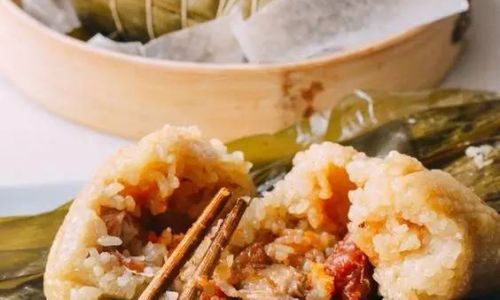
- Savory Twists: Serve with dipping sauces like soy sauce mixed with chili oil or vinegar.
- Sweet Options: Drizzle honey or sprinkle sesame seeds over sweet zongzi.
- Fusion Dishes: Slice cooked zongzi and pan-fry until crispy for a textural contrast.
- Vegetarian Alternatives: Stuff with mushrooms, chestnuts, or taro for a meat-free option.
Frequently Asked Questions
Q1: Can I microwave frozen zongzi instead of boiling?
A: While possible, microwaving often results in uneven cooking and rubbery texture. Boiling is recommended for best results.
Q2: How do I store leftover cooked zongzi?
A: Refrigerate in an airtight container for up to 3 days. Reheat by boiling for 5–7 minutes or steaming.
Q3: Can I cook zongzi in a rice cooker?
A: Yes, but ensure the cooker has a “steam” function. Add 2 cups of water and cook for 40–50 minutes.
Q4: Why did my zongzi fall apart during boiling?
A: This could be due to loose wrapping, overfilling, or boiling too vigorously. Tighten the leaves and reduce heat.

Q5: Is it safe to eat undercooked zongzi?
A: No. Undercooked rice poses a risk of foodborne illness. Always ensure internal temperatures reach 165°F (74°C).
Conclusion
Cooking frozen zongzi to perfection is an art that blends tradition with modern convenience. By understanding the interplay of time, temperature, and technique, even novice cooks can master this culinary treasure. Whether you’re celebrating the Dragon Boat Festival or simply craving a comforting snack, the key lies in patience and attention to detail. So, fill your pot, set your timer, and savor the reward of perfectly boiled zongzi—a testament to the enduring marriage of culture and cuisine.
Final Word
The next time you unwrap a steaming zongzi, remember that beneath its humble bamboo leaves lies centuries of history and the satisfaction of a job well done. Happy cooking!
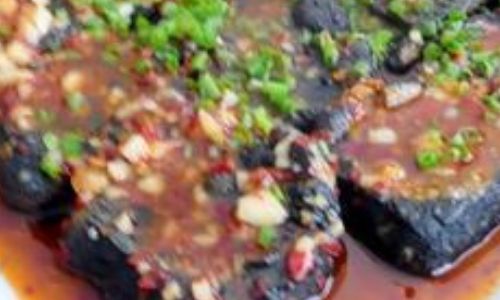
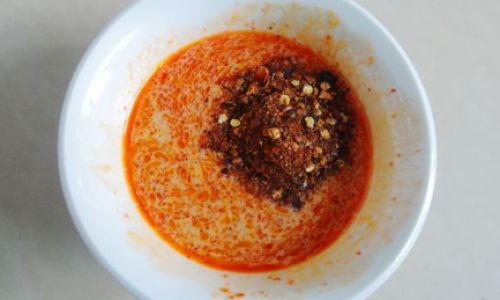
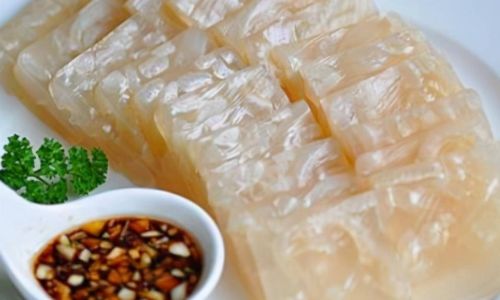
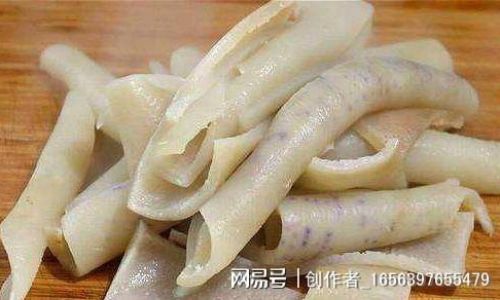
0 comments